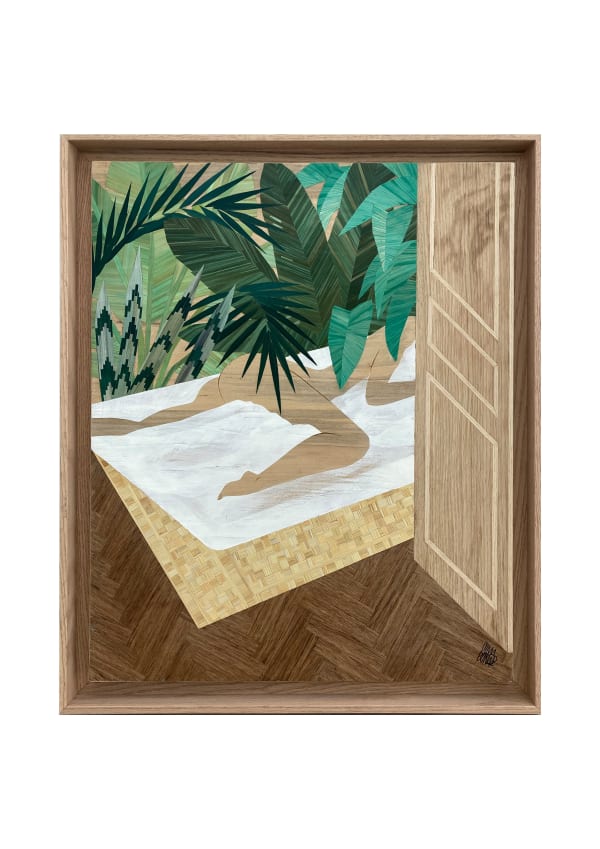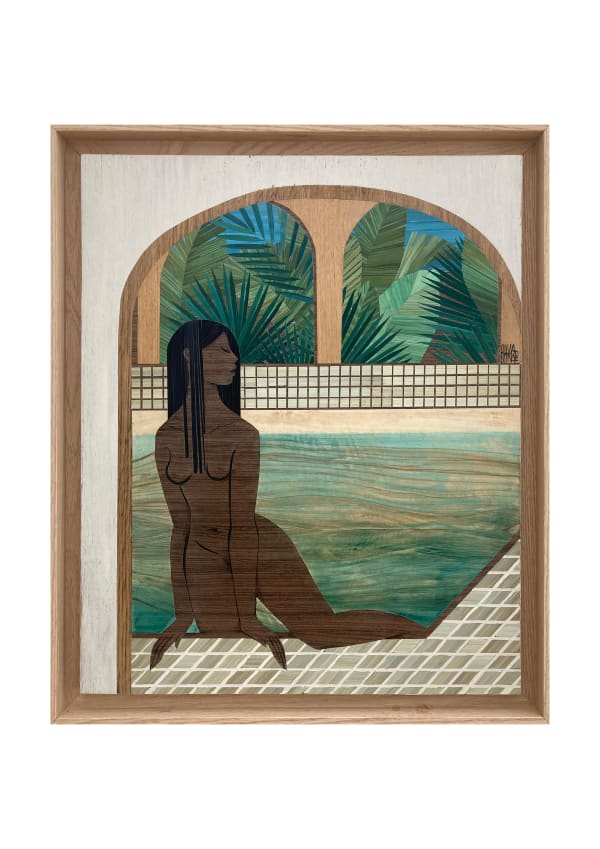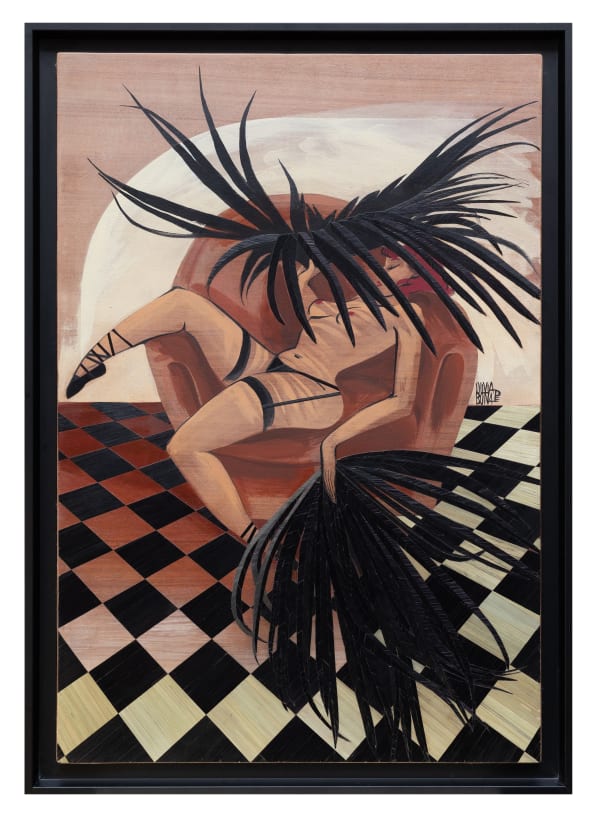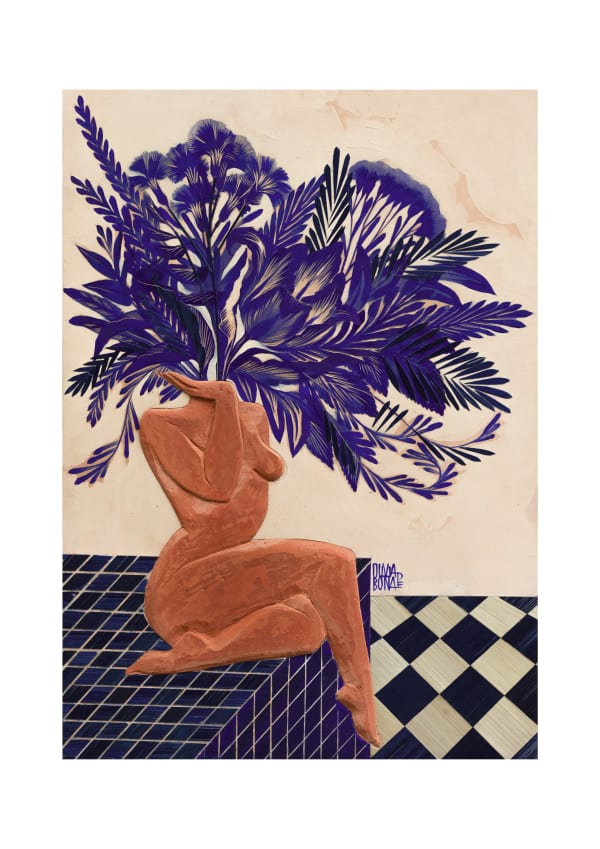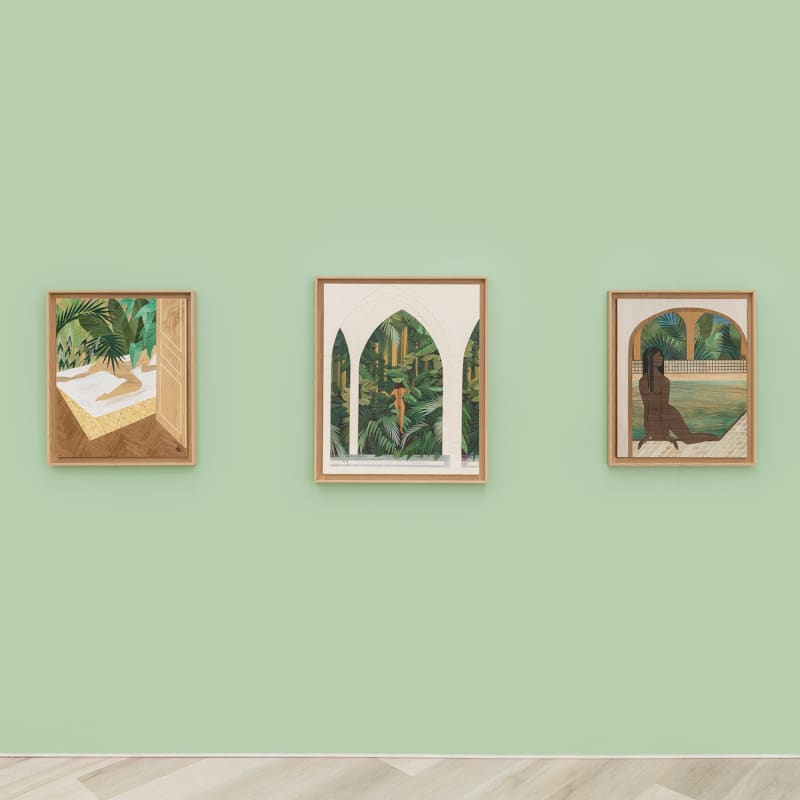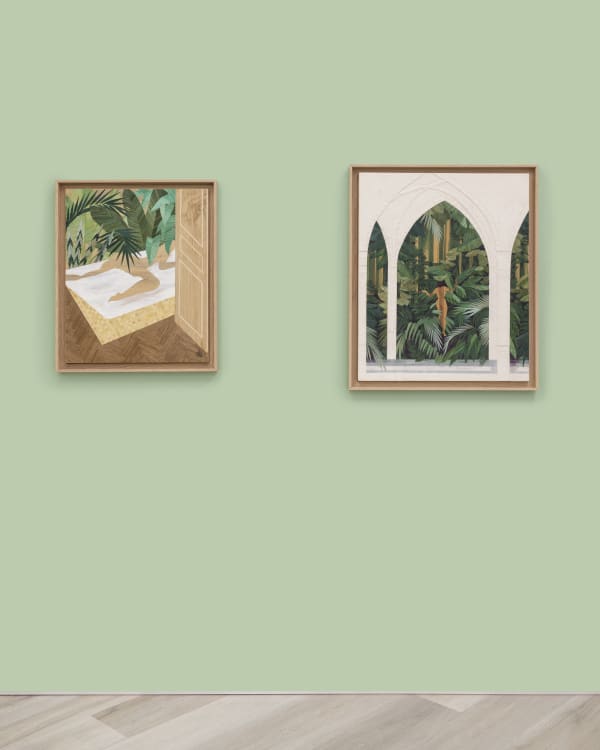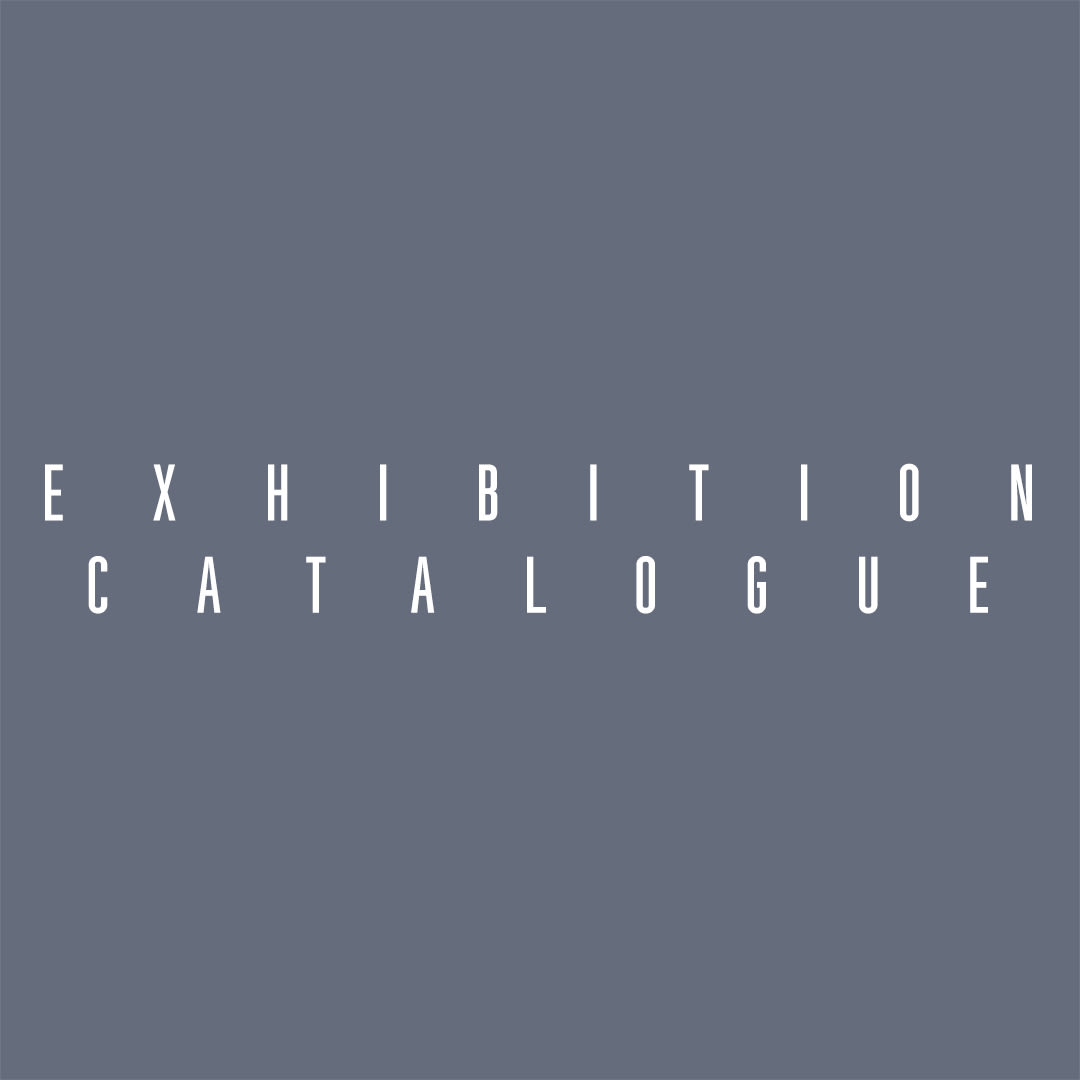OLIVIA DE BONA: LE PANACHE
“I am looking to timeless spaces… in-between places,” states Paris-based Olivia de Bona about her debut solo exhibition, Le Panache, opening this spring at BEERS London. The title refers to the subtle transformation of daily life into poetry; where monotonous spaces shine. She credits the bend of a hip, an eyelash, or an intimate sensation as sources of inspiration for her practice. “A hidden passage, a doorway, a transition from one state to another where we can peek at what is hidden and what is revealed.” As viewers, we are privy to this same sense of voyeurism where de Bona’s work seems to find comfort and flourish. One can almost smell the heady sensation of incense and the orange warmth of a setting sun or sweating cocktail glass when looking at her works. Surely, her mixed European and Vietnamese heritage plays a role in these painstakingly carved and inlaid or wooden marquetry works: a sort of Romanticised snapshot apparently plucked from the literary works of Hemingway or Duras.
There is a call to Viennese Art Nouveau, namely Mucha, with curving archways and window-frames that reveal languid and reclining female figures; but also, to the tradition of Vietnamese wood carving-tableaux, in which complex scenarios are diligently and painstakingly extracted from wood in high-relief. de Bona’s interest is in the paradox of showcasing, but also revealing the female form. Her figures – caught unaware and in repose – recall Degas’ bathing beauties, or even nods to Bohemian communal baths popular in the Austro-Hungarian Empire of bygone eras. The works seem to bask in a decadent, fin-de-siècle style of reverie and Romanticism – hyper-stylized, with just the necessary touch of kitsch to let viewers into the private scenarios she’s creating.
Originally honing her skills with graphic-inspired and street-art works, including paper-cut works and large-scale murals, de Bona’s instantly recognizable style prioritizes bold, stylized shapes and delicate, sensuous forms combined with a confident mastery of composition. But unlike her bold mural works, de Bona finds more intimate spaces of interest with these marquetry pieces, which seem to focus on a singular moment, feeling, or fleeting thought. “It is magical,” she states, “revealing the beauty of little nothings, I pay attention to this ambivalence, and I can be moved by a detail, and find grace in a gesture and sublimate it.” Ultimately, she posits herself not just as a technician of these meticulous, labour-intensive scenes, but also as witness to the debonair glamour and decadence unfolding.
However, Le Panache also refers to the variegated colours on a palm frond, similar to the subtle tonal variations of wood grain and colour that de Bona has mastered in order to create such illustrious, seductive works from – what one can imagine – is a difficult chosen media. She also brings us, as viewers, into her very viewpoint: one in which we are invited, like voyeurs, to peer into the sensuous, even dangerous display. One is reminded, perhaps, of the famous tale of Gygyes, the king’s loyal servant from Arabian Nights, in which the king invited his guard to watch his wife disrobe. The Queen, upon discovering this betrayal, presents Gygyes with a choice: to be himself put to death, or to kill her husband – who has betrayed her – and take his place. This is precisely the sort of lust and eroticism de Bona creates in these works, and we both invite and encourage you to let your mind (and your eyes) soak in the drama de Bona has so effortlessly created.
OLIVIA DE BONA (b. 1985, France) lives and works in Paris, France.
Solo exhibitions include: Meridianne, Artistik Rezo Gallery, Paris, France (2022); Vivre Nue, Galerie Goslin-Kunst, Nancy, France (2021); De Ma Fenetre, Atelier Nanoh, Paris, France (2021); Summertime, Galerie Vincent Tiercin, Paris, France (2020); Ressource, chez l’Encadreur, Paris, France (2019) and; À L’heure de la Sieste, cut&mix, Marseille, France (2016).
Group exhibitions and fairs include: Loire Art Show, Sacre Bleu Galerie, Orleans, France (2022); Urban Art Fair, Paris, France (2022); Diving in Troubled Waters, Bookshop by Fluctuart, Paris, France (2022); Les Amazones, Fluctuart centre d’art urbain, Paris, France (2021); Urban Art Fair, Stand Artistik Rezo, Paris, France (2021); Sang9, 9ème concept, Fluctuart, Paris, France (2020); Les Enfants de la Mythologeny, L’européen, Paris, France (2020) and; Mitsein, Galerie Passage Guigou, Paris, France (2018).




